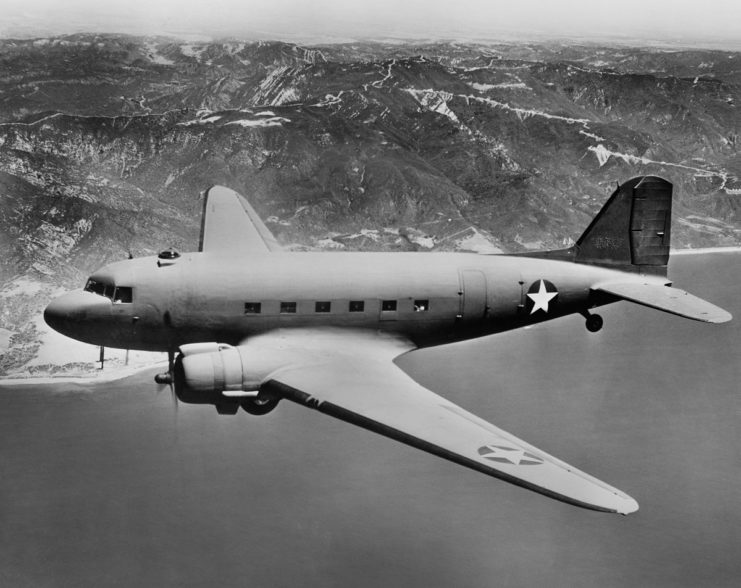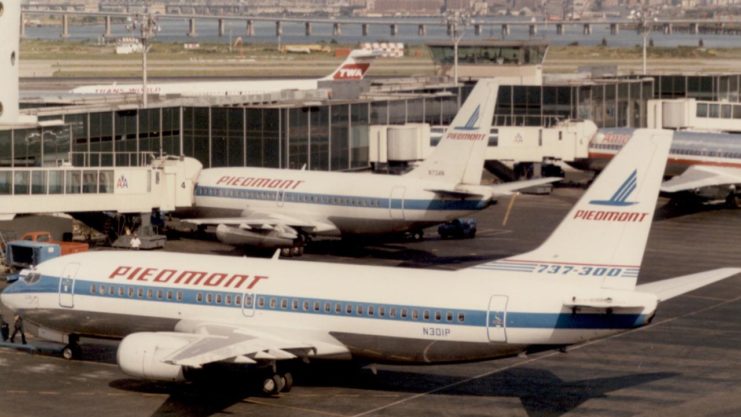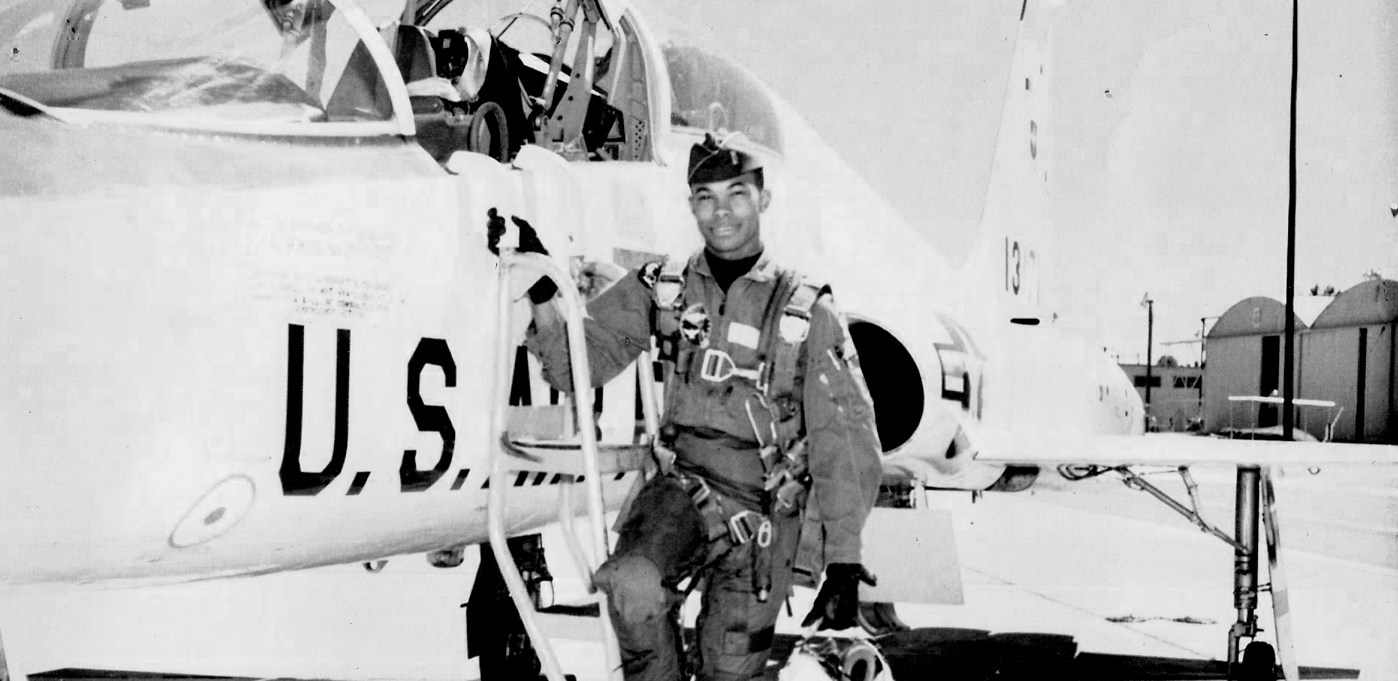On March 27, 1984, a passenger aboard Piedmont flight 451 told a flight attendant that the aircraft was laden with explosives, and demanded a new destination for the pilot. If this demand wasn’t met, the passenger said the explosives would be triggered. Fortunately for the passengers of flight 451, their pilot was Carl Gamble, a veteran of the Vietnam War who was all too familiar with aircraft and explosions.
Gamble requested that the flight attendant leave the passenger where they were and have them write him a note.
“Lt. Spartacus, a soldier in the Black Liberation Army,” the note read. “I don’t want to land in Miami. I want to go to Jose Marti International Airport in Havana. There are two explosive devices aboard the plane that I and two comrades have planted aboard the aircraft.”
Although Gamble wanted to speak to the man, he did not want a potentially dangerous person anywhere near the cockpit. Instead, the two spoke over the intercom.
“I asked him, ‘Sir, I’d like to know if this is a hoax or a joke? Because we could land in Miami and deal with it there.’,” Gamble recalled. “He said, ‘I can assure you, captain, this is no hoax or joke. If we land in Miami, the passengers’ lives will be on your hands.'”
16 years earlier

March is not a good month for Gamble, as he had already been involved in an air-related incident in March 1968. At this time Gamble was a US Air Force pilot flying in Vietnam, operating a C-47 transport aircraft out of the Da Nang Air Base. He was tasked with flying over North Vietnam and dropping propaganda leaflets that offered the Viet Cong supplies and food in return for their weapons.
As these missions were harmless, guerrilla fighters in the north rarely fired on them. But during a mission on March 1, 1968, Gamble found himself on the receiving end of a massive barrage of enemy fire, which shredded his C-47.
The left-wing was particularly damaged, causing the left engine to catch on fire. The C-47 still had most of its fuel, so the situation was dire. Eventually, the fire ignited the fuel tank in the left-wing, which exploded. Somehow the wing wasn’t completely blown off.
The wounded aircraft was over enemy territory and still 20 miles from the Da Nang airstrip; the situation looked bleak. Gamble made the gamble of trying to reach the base, which was a better option than ending up in enemy hands.
Luckily the burning C-47, which was continuously losing altitude, managed to make the 20-mile flight. Gamble landed the plane but the crew was still trapped as the fire had enveloped the rear exit.
In a display of excellent on-the-spot thinking, a helicopter pilot hovered above the C-47 and used its powerful wash to hold the fire back long enough for the crew to escape. 30 seconds after all the crew got out, the transport exploded.
For his actions that day Gamble was awarded the Distinguished Flying Cross.
Flight 451

Returning to 1984, Gamble once again found himself in an equally terrifying situation and had the lives of over 50 civilians in his hands. After receiving the hijacker’s (later identified as William Potts Jr.) threat, Gamble and his co-pilot Ben Griffin sent the code 7500 to air traffic controllers, alerting them that they had been hijacked.
For the safety of the passengers, Gamble decided to comply with Potts’ request. After receiving confirmation that the aircraft had enough fuel, they changed course for Cuba. The passengers were told that they were making an “unscheduled landing,” but considering the flight was meant to be from Charlotte to Miami, alarm bells probably started ringing when the Boeing 737 began flying over water.
Two Air Force C-130s tailed the passenger jet, unbeknownst to the pilots, to report on the situation and the location if the worst happened. Gamble landed the aircraft in Cuba around 4 pm and was immediately surrounded by 100 Cuban troops.
The passengers exited the aircraft, then the crew, until it was only Potts onboard. He eventually left and was arrested by the Cubans. They checked over the aircraft for explosives, of which there were none.
Meanwhile, the passengers were kept in the terminal until the situation was resolved. The 737 was refueled, the passengers climbed back on, and the aircraft landed in Miami three hours later. Potts would spend the next 30 years in Cuba, 13 of which were in prison.
Gamble had saved the day twice.
“There’s an old saying: There are old pilots, and there are bold pilots, but there are no old and bold pilots,” Gamble said. “I can also tell you that there are pilots who have been shot down, and there are pilots who have been hijacked. And I’m the only one.”
